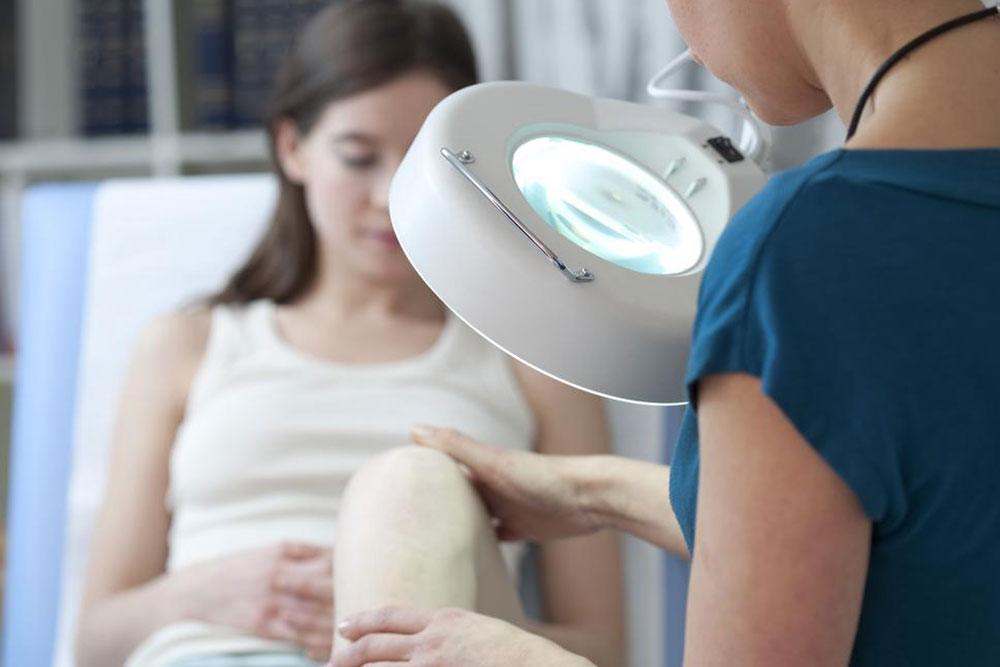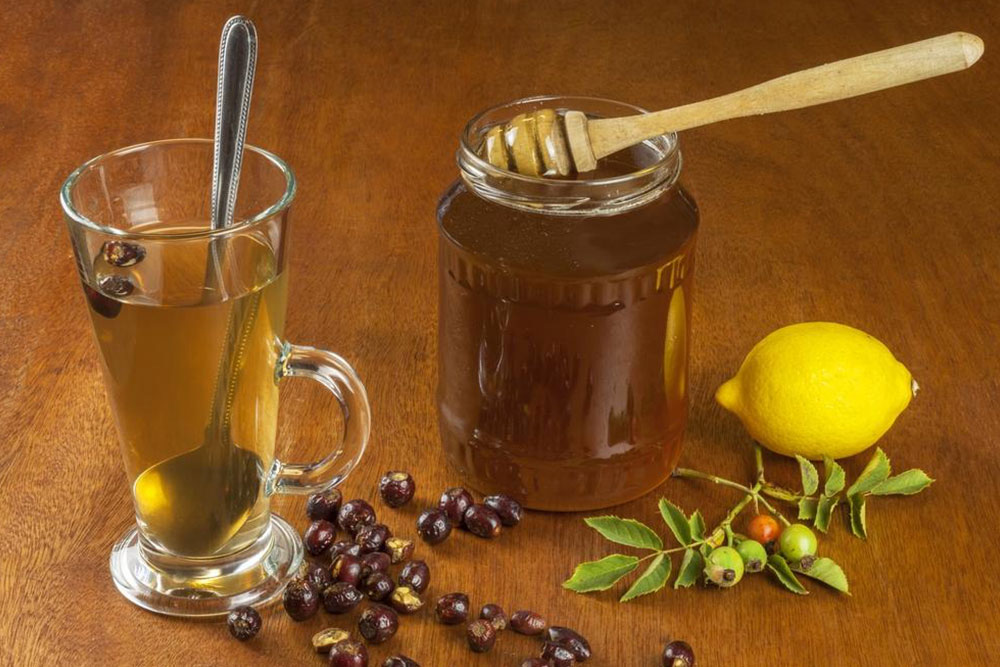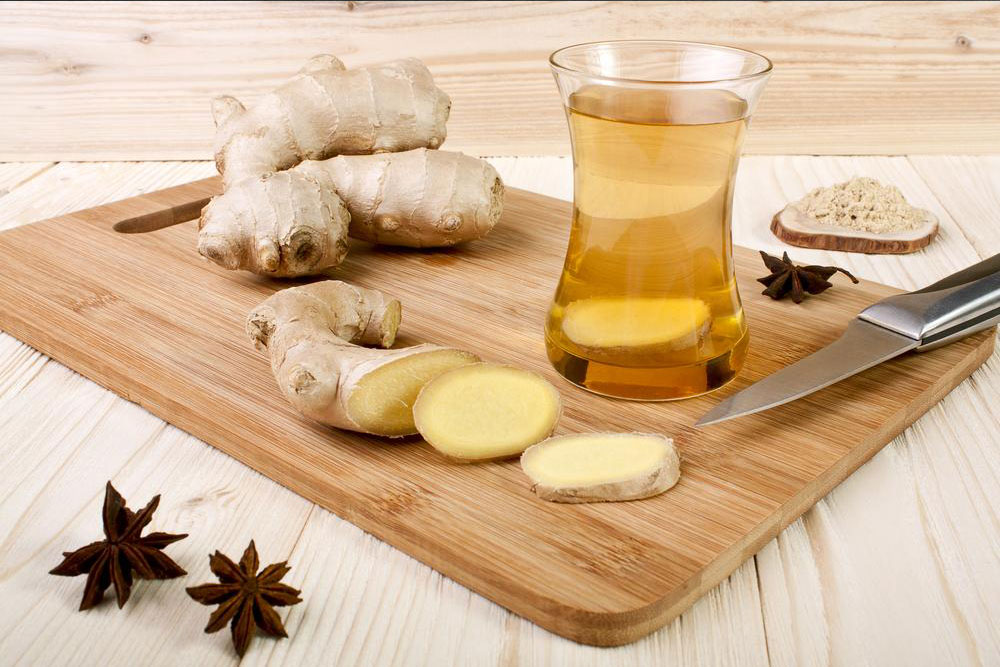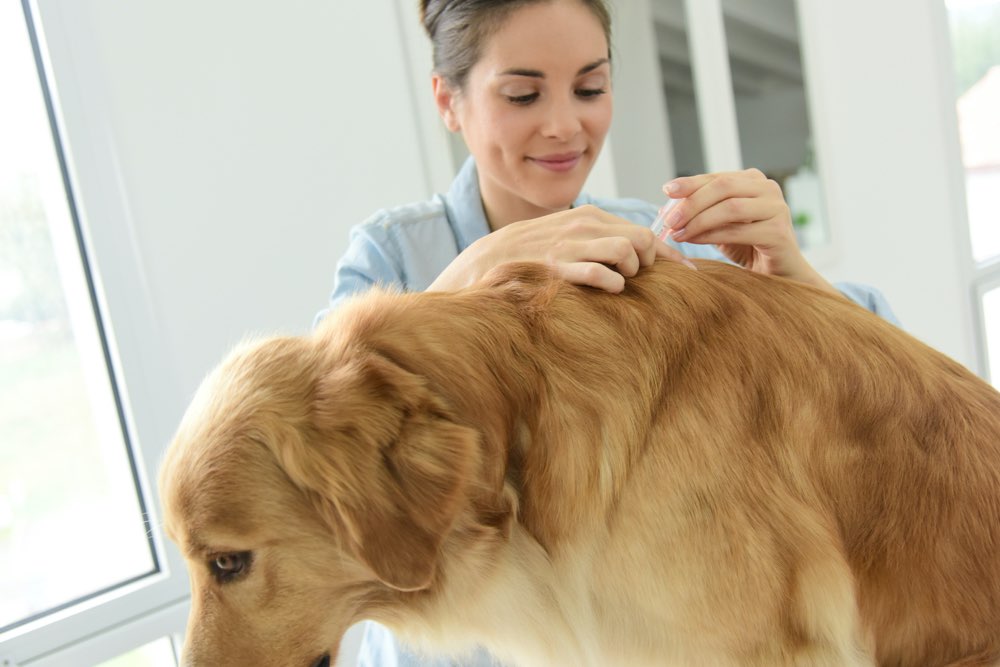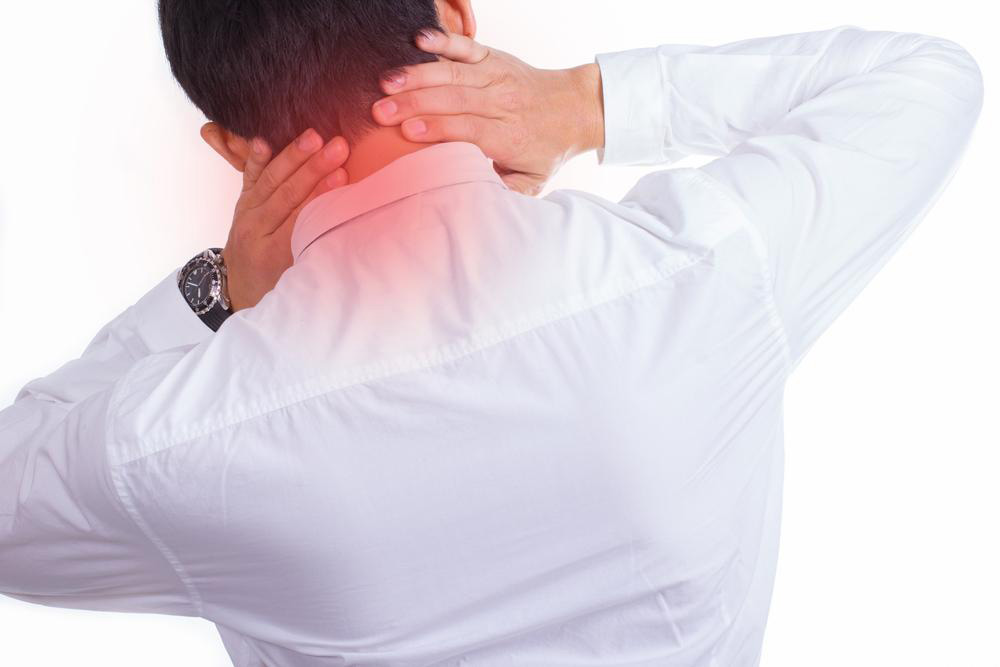Effective Home Strategies for Managing Baker’s Cyst
Discover effective home remedies for managing Baker’s cyst, including gentle exercises, R.I.C.E. protocol, and OTC medications. Early care can ease symptoms and promote healing, but professional consultation is recommended if conditions persist or worsen.
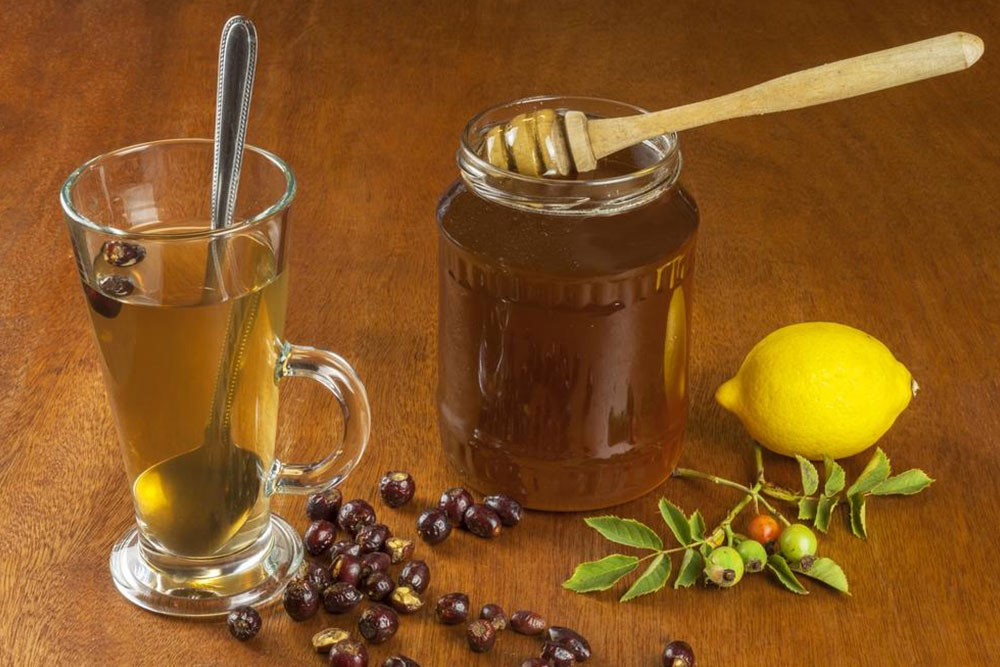
Home Strategies for Managing Baker’s Cyst
A Baker’s cyst forms when excess joint fluid accumulates behind the knee, creating a noticeable swelling. Normally, synovial fluid lubricates the knee joint, but when it leaks into the surrounding tissue, it results in a lump. This condition often stems from knee injuries, like meniscus tears, or degenerative issues such as arthritis, especially common in older adults. Rheumatoid arthritis and other knee ailments can also trigger this cyst. If you notice a swelling at the back of your knee accompanied by pain or limited movement, a Baker’s cyst might be the cause.
If arthritis is involved, consulting a healthcare professional is advisable.
Many Baker’s cysts resolve without medical intervention, but you can try some home remedies to alleviate symptoms:
Physical exercises: Gentle stretching can help. Sit, lie down, or stand while stretching the affected leg. For example, while seated, try to reach your toes without bending the knee. When standing, place your leg on a chair to stretch comfortably. Lying down, elevate your leg and support your calf to ease tension.
R.I.C.E Method: Rest, Ice, Compression, and Elevation. Rest avoids adding stress to the knee. Apply an ice pack wrapped in a towel for 10-20 minutes, three times daily to reduce swelling. Switch to heat if swelling diminishes. Use an elastic bandage to compress the knee—be sure it's snug but not tight. Elevate your leg on pillows whenever possible to help decrease fluid buildup.
Over-the-Counter Pain Relievers: Medications such as ibuprofen, acetaminophen, or aspirin can help manage pain and inflammation. If symptoms persist, consult your healthcare provider for further evaluation and treatment options.
Note: This article provides general information. Always seek professional medical advice for diagnosis and treatment. The content is for educational purposes and not a substitute for medical care. The website cannot be responsible for variations or inaccuracies in medical information across different sources.

